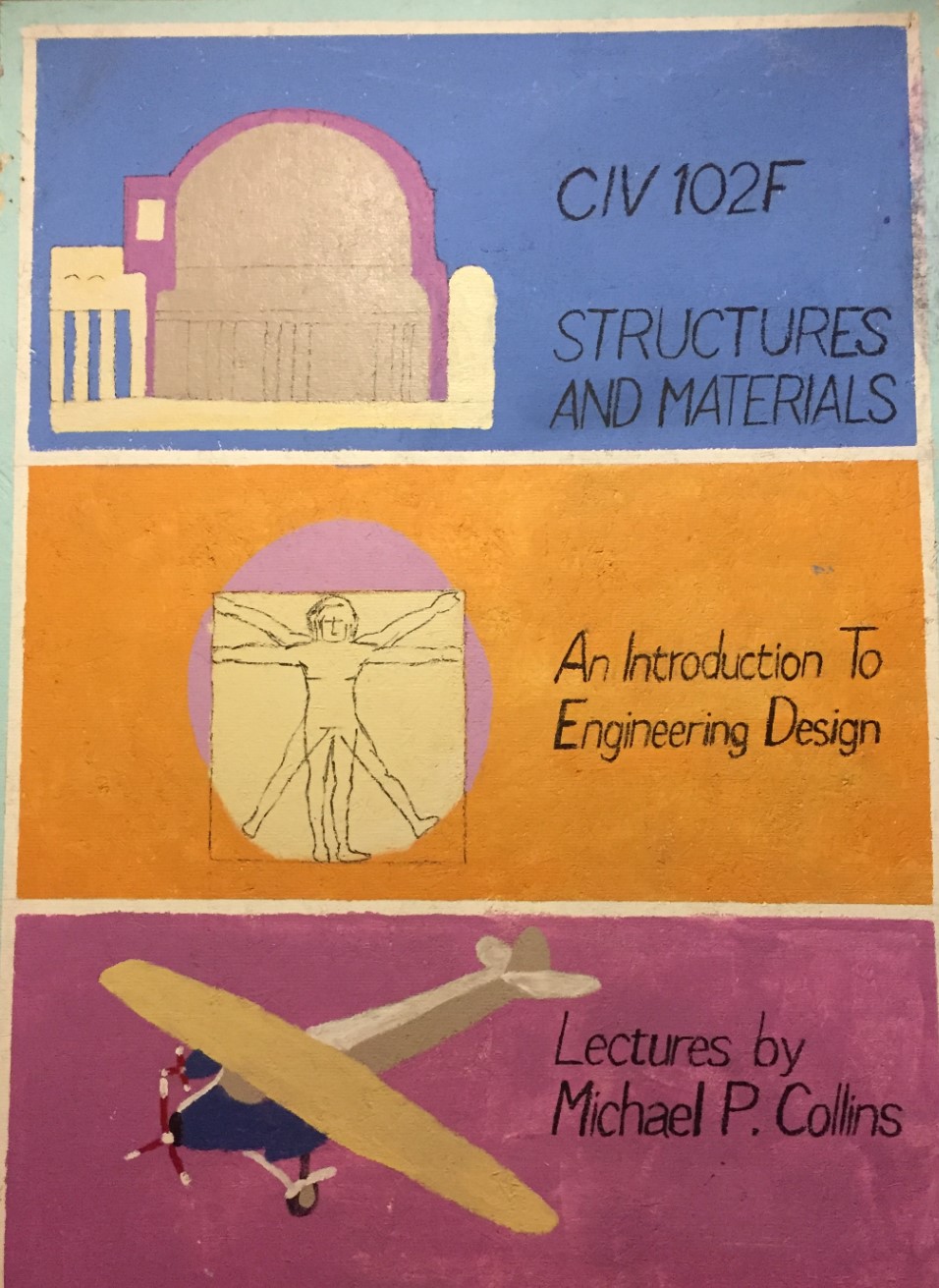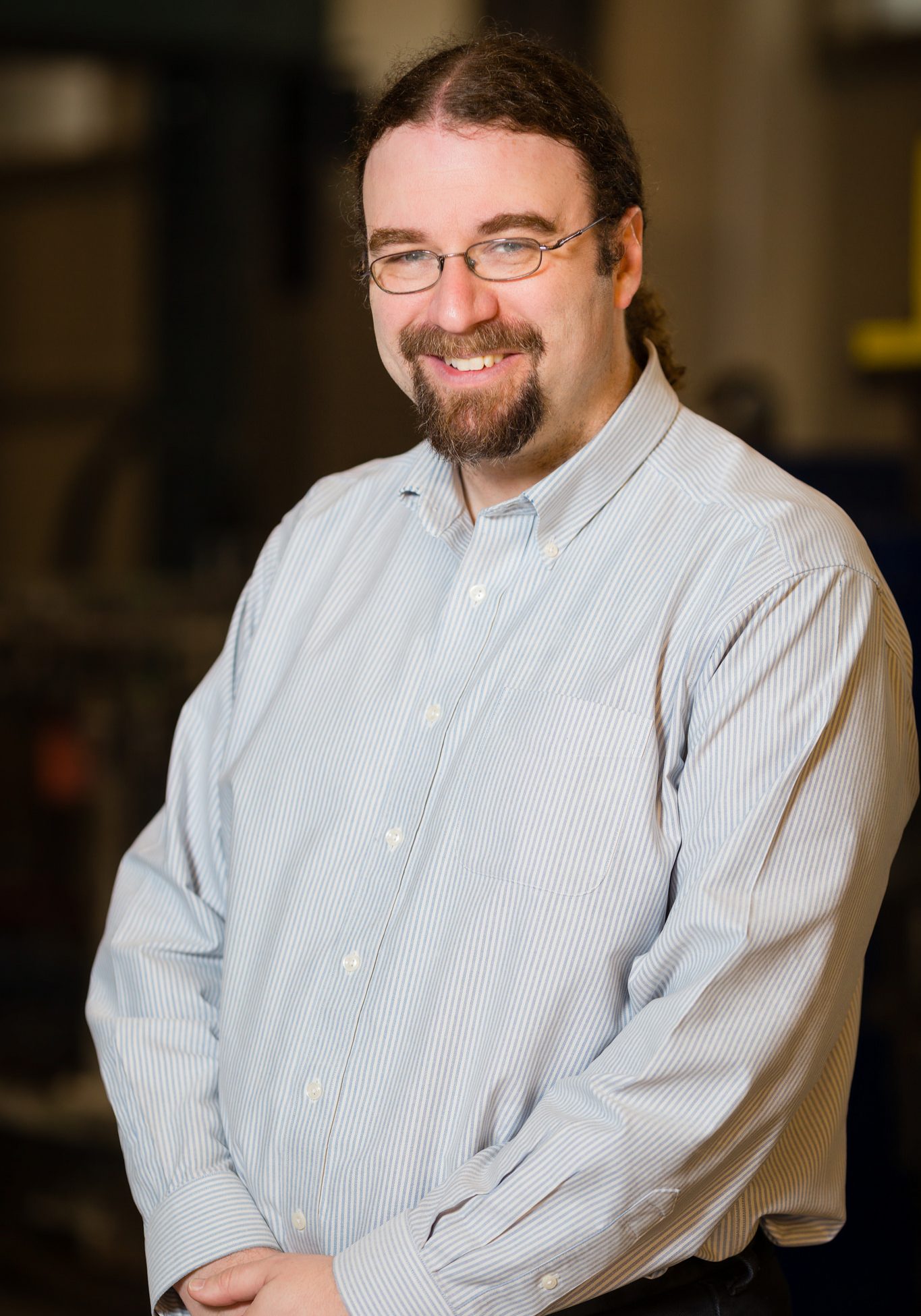A uniform beam walks into a restaurant…
The waiter asks, “What would you like?”
The beam replies “Ummm… just give me a moment.”
CIV102 is one of the most iconic and difficult courses in first-year Engineering Science. It even contains material normally taught to upper-year Civil Engineering students. But we promise we aren’t trying to scare you away; in this course, you will learn a lot and have a lot of fun.
CIV102 gives you an overview of civil and structural engineering and covers topics such as static systems, truss bridge analysis, bending beams, and concrete. Material is often introduced in its historical context, so you get both a technical understanding of the concepts and their societal relevance. You’re taught a set of equations and problem-solving techniques for each topic and are assessed using problems that ask you to apply these equations in new scenarios. The trick with this course is understanding how and where to apply your equations and rules, not necessarily how the equations and rules were derived.

Professor

Professor Evan Bentz
CIV102 is taught by Professor Evan Bentz. He is an expert in structural software; in particular, he explores the best methods for the upkeep, repair, and maintenance of structures before critical failures occur. Professor Bentz completed his PhD here at U of T and has been teaching CIV102 since 2021. He brings a tremendous amount of experience and knowledge from his many years working in the field of civil engineering while providing a unique perspective on structural engineering to EngSci students.
Fun Fact:
Professor Bentz has also recently been appointed the Vice Dean Undergraduate, and he loves milk!
Professor Interview
“All of engineering is […] about managing uncertainty […] [We have to] make sure that things are safer than they need to be — not too much safer, or else we can’t afford to build it, or indeed the environmental consequences are too big — but appropriately safe given the statistical variation of all the things we have happening.”
“Hold on tight, it’s going to be an exciting time – it’s a development towards the next phase of your life and you’ll see that there’s a lot of people around here that are really sharp, and initially you’re going to say, “Geez, do I belong here?”. And the answer is, yeah, you do. If you’re getting in, you’ll succeed at it.”
Course Highlights
- Matboard Bridge Project! For this group project (which many dub as the highlight of the first-year fall semester), every team is given a limited amount of adhesive and a cardboard-like material called “matboard.” Your job is to design a bridge to sustain as much weight as possible, applying your civil engineering knowledge and utilizing MATLAB, Python, and best engineering design practices. The best designers win special prizes from Professor Bentz and, more important, eternal bragging rights (especially if you make the “KiloNewton Club”). See this video from a past competition.
- Nothing will bring you closer to your peers than the legendary weekly problem sets. The questions are challenging but essential to helping prepare you for the quizzes and the final exam.
- Demonstrations and experiments are run by the instructors. We saw wood beams getting crushed and heavy weights dropping on the floor – don’t worry, we were safe… we think…
- Stress will gain a whole new meaning, and you’ll have great positive moments! 🙂
Week in the Life of a CIV102 Student
Lectures
CIV102 lectures usually happen three times a week. They cover mathematical and physical concepts behind structures while providing historical background as to how these structural properties were discovered and used. These historical anecdotes will help you understand the societal implications of an engineer’s work, especially in civil engineering.
Practicals
While there are no dedicated tutorial slots for this course, the two-hour long practicals function as tutorials and are where students usually get the most value from CIV102. They vary weekly but typically consist of a material or design demonstration from Professor Bentz followed by a lab, or a teaching session and a 30-minute quiz. In a lab, you will need to build testing structures and analyze material properties you are learning in the course. In weeks without labs, a TA will walk you through course material and worked examples to help your understanding. Then, you will be given a quiz on the material. Your quiz marks add up by the end of the semester, so make sure you review each week. If you need help outside of practicals and tutorials, there are also plenty of extra TA office hours throughout the week.
Assessments
The ✨legendary CIV102 problem sets✨ are a staple of any EngSci’s Fall semester. You will analyze stress, strain, concrete, beams, and more. Working through the problem sets will help you understand course concepts and succeed on quizzes and the final exam, so make sure to stay on top of them! Upper-year EngScis may tell you about the stress these problem sets caused them. Nevertheless, the material is very interesting, and assignments are more manageable when you’re working alongside peers.
Midterms & Exams
There are no midterms in CIV102. No checkpoints. Nowhere to test your skills (except quizzes, problem sets and past exams). There is only a final. This is a difficult cumulative assessment. Because of the single-exam nature of this course, students often neglect it during the semester thinking, “I’ll cross that bridge when I come to it.” However, you will not succeed in crossing the CIV102 bridge (like this one right here) by studying only for the final. The way the course content is laid out is very intuitive. There are several big topics and multiple smaller concepts related to each topic taught consecutively, so try and keep a mental map of how different concepts relate to each other throughout the semester. Use the weekly problem sets and quizzes as an example of how these concepts are going to be tested, as the final exam is effectively your weekly quiz questions tested together on one occasion.
Find past CIV102 exams in the Skule exam repository.
How to Succeed
Equations you will learn
Quick Tips
CIV102 lectures include lengthy and complicated mathematical derivations of structural engineering concepts. Although you are not expected to know these, attempting to understand where certain equations come from can enhance your overall understanding of the content. In case you missed something, the official course notes are your friend!
Do not — we repeat, do not — wait until a couple hours before the deadline to start your problem sets. Start them early, which gives you time to not only complete them but revise them in case you realize a mistake, or to go to office hours for clarifications regarding the questions. Remember that you can work with peers so make sure to tackle these questions together.
Every assessment in CIV102 is open book. You are allowed to bring in the notebooks you used throughout the semester, equation sheets, and whatnot*. Pay attention and take detailed notes in class to stay on track. Don’t rely 100% on your available resources during an assessment as you only have a set amount of time to complete it. Advice from us as your blog admins is that your resources are there only as aids; do not underestimate the amount of studying needed.
*There may be restrictions on the material allowed (such as “no electronic devices”) so confirm with your professor/TA beforehand.
When answering a question on a quiz or an exam, be clear about what you know. Describe your process and don’t give up! If you answer the majority of the question properly but cannot produce a final answer, you could still receive 8-9 out of 10 marks.
The TAs for this course are some of the best you’ll have. They are either past EngScis who know exactly what position you’re in or very experienced civil engineering graduates. Office hours are extremely valuable; TAs will answer your questions, especially when you need some one-on-one time before quizzes, exams, and problem sets.
Beyond First Year
- You will understand the physical world around you in terms of fundamental concepts. These can then be applied beyond the field of just civil engineering. For example, airplane wings act like cantilever beams. The former flies while the latter supports weight on the ground, but the basic principles of the two structures are the same.
- The responsibility that comes with being an engineer will be emphasized quite a lot in this course. As an engineer, you need to be aware of people’s safety, a priority in all your designs.
- Several concepts from CIV102 will show up in courses in the Aerospace Engineering, Engineering Physics and the Robotics Engineering majors.

